Undoubtedly one of the brightest achievements at COP26 and in the run up to the climate conference was the major progress made in aligning private finance behind Paris Agreement targets.
April 2021 saw the launch of the Glasgow Financial Alliance for Net Zero (GFANZ), led by UN Special Envoy for Climate Mark Carney, and the UNFCCC Climate Action Champions, the Race to Zero campaign and the COP26 Presidency. GFANZ now has as its Co-Chair UN Special Envoy for Climate Ambition Michael R. Bloomberg, and as Vice Chair former Chairman of the U.S. Securities and Exchange Commission (S.E.C.) and Head of Secretariat for the Task Force on Climate-related Financial Disclosures (TCFD) Mary Schapiro.
GFANZ is a forum for leading financial institutions to accelerate the transition to a net zero economy. Its members currently include over 450 financial firms across 45 countries responsible for over $130 trillion of assets. GFANZ firms must use science-based guidelines to reach net zero emissions by 2050, cover all emission scopes, include 2030 interim target settings, and commit to transparent reporting and accounting in line with Race to Zero criteria.
It will therefore have been a shock to the system for asset managers and financial firms to have an allegation of greenwashing levelled at DWS, the asset management arm of Deutsche Bank, founding signatories of GFANZ. The former Head of Sustainability at DWS, Desiree Fixler, in an interview with the Wll Street Journal, took issue with the accuracy of the fund manager’s 2020 annual report, and its claims that more than half of its $900 billion in assets were invested applying “Environmental Social and Governance” (ESG) criteria. DWS has firmly denied any attempt to mislead investors in the report, but the matter is reportedly being investigated by the U.S. S.E.C. and the German financial regulator BaFin.
This case does not for one moment invalidate the urgency of alignment of private finance with net zero targets or sustainability objectives. But it does draw attention to the complex choices facing financial firms and asset managers in the different jurisdictions in which their portfolios are invested. Stepping aside for a moment from the various rulebooks, is it “sustainable” to continue to invest in fossil fuel stocks while seeking to influence company boards with the need to plan for the energy transition? Or is it only “sustainable” to remove those stocks from company portfolios altogether?
Complex choices of substance are also reflected in the proliferation of new laws, technical guidance and standards applying to ESG and sustainable investments. For example, in the EU, in legislation made under the EU Green Deal, asset managers would have to take account of the EU Taxonomy Regulation, the European Green Bond Standards, the Sustainable Finance Disclosure Regulation (SFDR) and the Corporate Sustainability Reporting Directive (CSRD). Provisions of the SFDR may require them to allocate funds between Article 8 “light green funds” (which must promote environmental or social characteristics or a combination of both) or Article 9 “dark green funds” (where sustainable investment, or a reduction of carbon emissions, is the objective).
Guidance and regulation are proliferating. For example, the UK is developing its own ‘Green Taxonomy’, as John Glen MP, Economic Secretary to the Treasury put it - “to provide better data on the environmental impact of firms, supporting investors, businesses and consumers to make green financial decisions and accelerating the transition to net zero”. The UK’s Competition and Markets Authority has published a Green Claims Code, and has been consulting on how to prevent greenwashing claims, and how to use competition and consumer protection regimes to support net zero and sustainability goals.
In October and November 2021 alone -
the UK published its “Greening Finance – A Roadmap to Sustainable Investing” with new Sustainability Disclosure Requirements for businesses and asset managers;
the EU published a Final Report on Regulatory Technical Standards to amend and strengthen the Sustainable Finance Disclosure Regulation;
GFANZ itself finalised its work on the key area of “Portfolio Alignment Management”, “supporting the development and effective implementation of Portfolio alignment metrics for financial institutions and driving convergence in the way portfolio alignment is measured and disclosed;
an International Sustainability Standards Board was established, to “deliver a comprehensive global baseline of sustainability-related disclosure standards that provide investors and other capital market participants with information about companies’ sustainability-related risks and opportunities to help them make informed decisions.”
Therefore, regulators are well aware of the potentially damaging effects of greenwashing on investor confidence and markets in new ESG and Sustainability funds, and the importance of commonly understood and widely shared standards that will allow fair comparisons.
What is also clear is that the success of alignment of private finance with net zero and Paris Agreement targets is of critical importance to the whole success of the energy transition. It can support or even surpass the small steps being taken by governments to address climate change. Governments may have short term incentives to continue to invest heavily in new fossil fuel exploration and production, but these projects will continue to need to be financed, insured and underwritten. Once private finance becomes fully engaged with the Race to Zero – and great strides have been made to that end through 2020 and 2021 – the enormous investments needed in renewables and the energy transition will begin to seem achievable.

